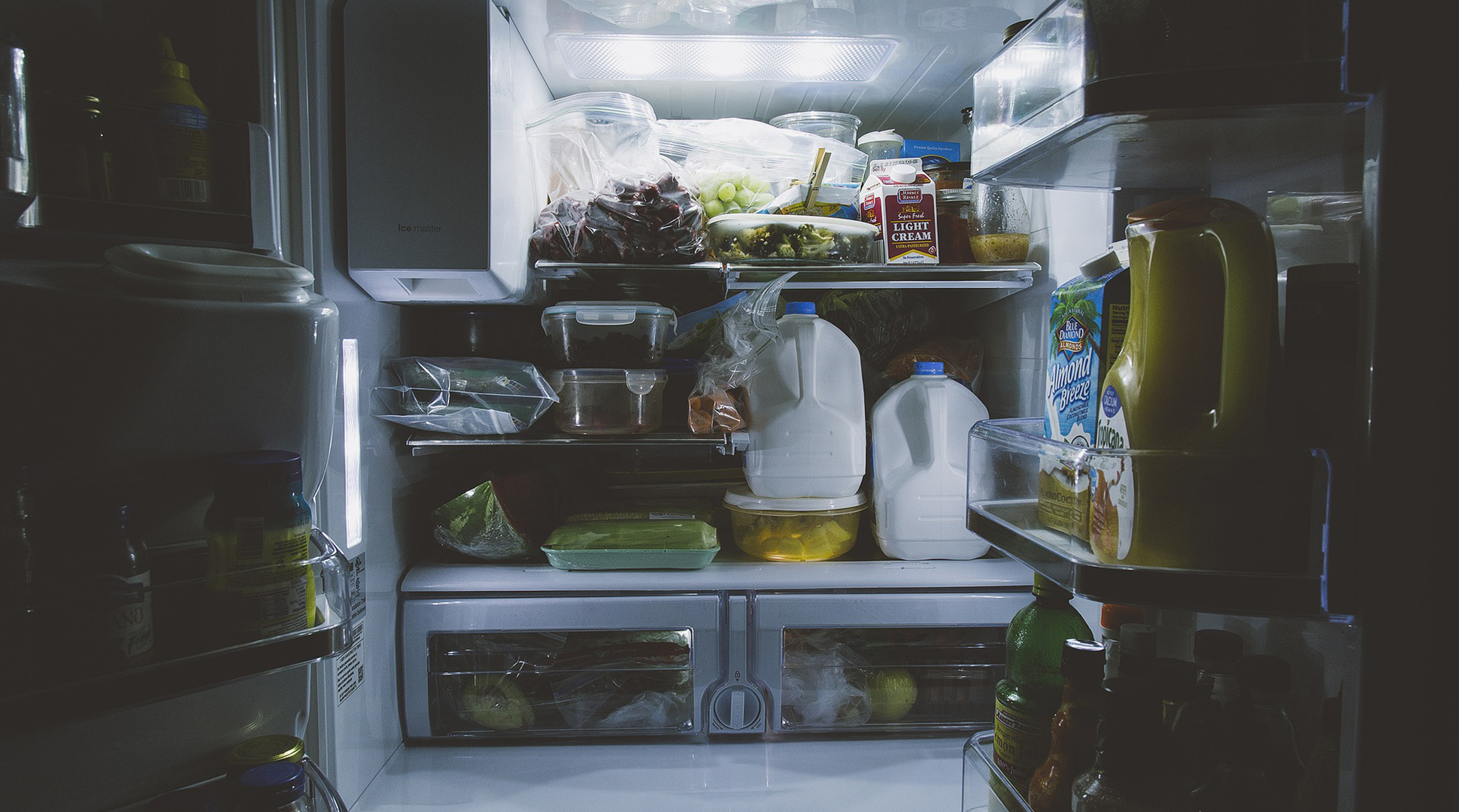photo by Pexels on Pixabay
by Carie Moore
The first step in controlling our food waste and providing food for your family when times are difficult is to see what you have for a meal. Your pantry or refrigerator can hide many good things that, with an internet search, can be the base for a new recipe.
I don’t have a favorite go-to website, but here are a couple of ideas:
https://www.supercook.com/#/recipes
When you do go to the store, be sure you purchase your perishable foods with the intent to use all of what you have. Make a couple meals and freeze or give to a family down the street who may be in need.
Buying in bulk is a great way to save money, and this is true for your non-perishables. You can use, share, store, and make last minute meals by having these on hand.
I’ll be honest, I have the best of intentions when I buy yogurt, celery, and bananas. Those tend to be my downfalls and things I throw out the most. So I try to buy the greenest and smallest bananas. I cut up my celery right away so it’s self-serve and easy to snack on every time I open the fridge. With yogurt, I make sure to work out so I have it in my shake afterwards!!
Most of it is your mindset. You have to be aware of the problem to do something about it. Once it’s purchased, and in our homes, we forget about the cost when it gets thrown away. The money is already spent so it doesn’t phase us as much or make as great of an impact on our brains that it’s actually money, not food, we’re wasting.
Be smart in the store, use resources to include the products you have that you bought in bulk or need to use up before they go bad. #lovefooddontwasteit, because farmers work hard to provide that food for everyone.
 Moore is the District 4 representative on the NDFB Promotion and Education Committee. She is a mom and farms near Rocklake, N.D.
Moore is the District 4 representative on the NDFB Promotion and Education Committee. She is a mom and farms near Rocklake, N.D.
